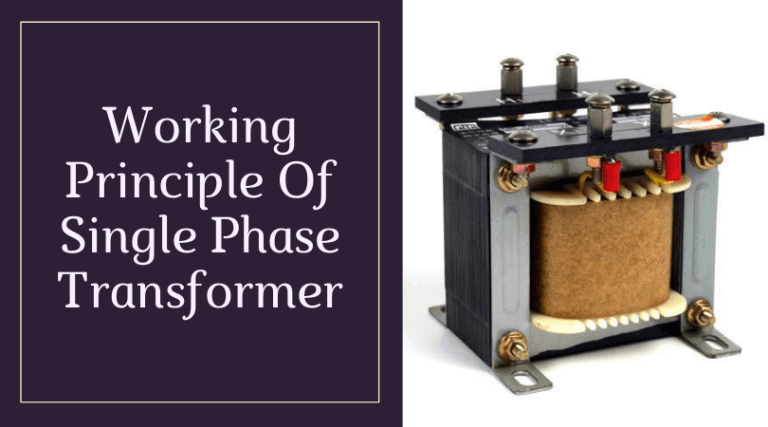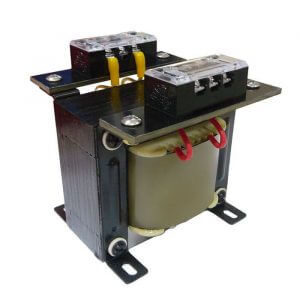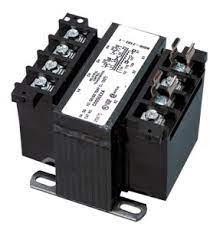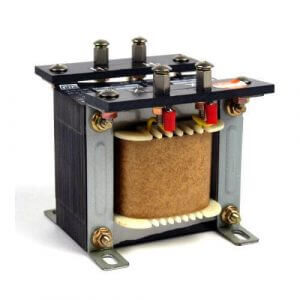- Home
- About Us
- Blog
- Services
- Equipment
- Online Testing
- Offline Testing
- Partial-Discharge
- CPC 100 Multifuncational Switchyard
- Vlf Tan Delta Measurement
- Current Signature Analysis
- Relay Measurement
- CT Measurement
- SFRA Measurement
- Moisture Analysis by PDS & PDC
- Turns-Ratio-Measurement
- Winding Resistance Measurement
- OLTC-DCRM-Measurements
- Frequency Response stray Losses
- Circuit Breaker Analyzer & DCRM Test
- Circuit Breaker Timer
- Contact Resistance Meters
- Particle Count Tester-Pamas
- TRAX Multifunctional switchyard Diagnostic Test
- TESTRANO-600
- Surge Tester-jabbals
- Circuit Breaker Analyzer
- Gallery
- Careers
- Contact Us
Working Principle Of Single Phase Transformer: How Does it Work?

Here is how the working principle of a single-phase transformer works
. It is entirely dependent on the common tendency of the electrical conductor to resist a change in the electric current flowing through it and of the coils on the same magnetic core.
Working Principle Of Single Phase Transformer

The alternating magnetic flux (Φm) sets in the core and links of the secondary winding when you apply a primary winding with an alternating voltage (V1). The magnetic flux links of both the windings are set up through the magnetic conduction in the transformer. Focusing on Lenz’ law, SecondaryEMF,E2=−N2dϕmdt Therefore, E2E1=N2N1 From the equations stated above, we can clearly say that the generated EMFs in the primary and secondary windings depend entirely on the number of winding turns. If ?1 > ?2, then ?1 > ?2 The primary EMF remains greater than the secondary EMF; thus, the transformer is called the step-down transformer. If ?2 > ?1, then ?2 > ?1 This makes the primary EMF lesser than the secondary EMF; this time, the transformer is called a step-up transformer. If you connect a load across the second winding terminal, then the secondary EMF will cause a current I2 that flows via the load. This is how a transformer transfers AC power from one circuit to another. You can see this action happening with a change in voltage level with no electrical connection between both circuits. The power is transferred magnetically from the input circuit to the output circuit. There is no change in the frequency while the electrical power transfer takes place.
What Are Some Types of Single-Phase Transformers?
These transformers are made to receive and output single-phase AC power.- Audio Transformer
- Autotransformer
- Buck-Boost
- Constant-Voltage Transformer (CVT)
- Constant-Current Transformer (CCT)
 Distribution Transformer
Distribution Transformer- Flyback Transformer
- Generator Step-up Transformer
- Harmonic Mitigating Transformer
- Impedance-Matching Transformer
- Industrial Control Transformer
- Interface Transformer
- Isolation Transformer
- Leakage Transformer (Stray-Field Transformer)
- Lighting Transformer
- Medical Transformer
- Multi-Ratio Transformer
- Neutral Grounding Transformer
- Power Transformer
- Rectified Transformer
- Resonant Transformer
- Solar Power Transformer
- Substation Transformer
Where is all a Single-Phase Transformer Used?
 It is used for various small to mid-level applications in residential areas and commercial areas such as:
It is used for various small to mid-level applications in residential areas and commercial areas such as:
- To lessen the long-distance signals that work in residential and light-commercial electronic devices.
- For voltage regulation in television.
- For home, inverters step down.
- For power distribution in non-urban areas.
- To isolate two circuits electrically.
